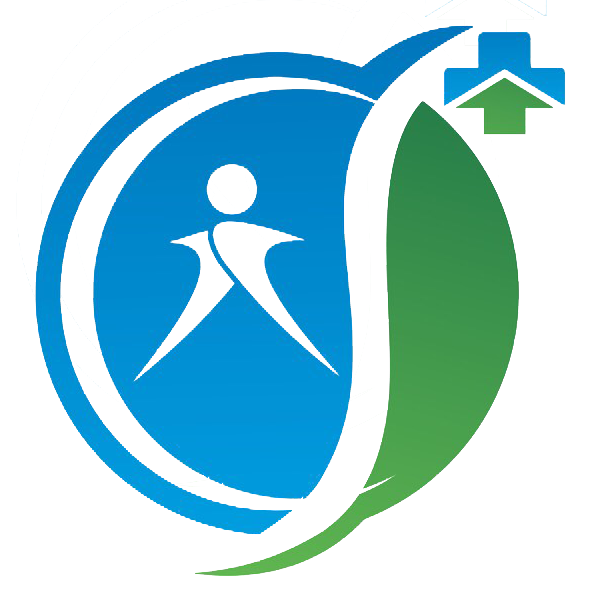5 ways to Meet Safety and Safeguarding Standards | Leverage Technology

The Care Quality Commission (CQC) has recently introduced a new framework for the care industry. The framework has been designed to help care providers ensure that they are delivering high-quality care and meeting the necessary standards. As part of the new framework, the CQC has developed a set of quality statements and key questions to help healthcare providers and organisations assess and improve the quality of care they provide.
The CQC quality statements are based on evidence and provide descriptions of what high-quality care should look like while the key questions are used to evaluate the quality of care provided by healthcare providers.
The 5 questions are:
- Is the service safe?
- Is the service effective?
- Is the service caring?
- Is the service responsive to people's needs?
- Is the service well-led?
One of the key quality statements relating to the question "Is the service safe?" is safeguarding, which is essential for ensuring that people receiving care are protected from harm and abuse.
The quality statement states:
"We work with people to understand what being safe means to them as well as with our partners on the best way to achieve this. We concentrate on improving people’s lives while protecting their right to live in safety, free from bullying, harassment, abuse, discrimination, avoidable harm and neglect. We make sure we share concerns quickly and appropriately”.
Technology can play a significant role in helping adult social care providers achieve the required standards for Safeguarding in many ways including:
Firstly, technology can assist in the initial assessment process by providing an accurate paperless, digital, easy-to-use methodology to record what being safe means to a client and their loved ones. This information can be effectively communicated to staff teams, and as changes occur, they can be amended and communicated effectively with technology that also provides evidence of amendments and fast retrieval that can be evidenced for Inspectors.
Secondly, care planning can be enhanced with technology by recording and storing care plans in the cloud, making it easy to share without the need for typing notes, scanning documents or printing multiple copies. Technology allows for fast recording, sharing, and retrieval, ensuring that the latest versions are identifiable while previous versions of care plans and amendments are accessible. Useful features for auto-tracking upload and last amended dates ensure you view the latest versions.
Thirdly, technology can improve people's lives by supporting their needs, preferences, and exclusions. Electronic risk assessments and accurate medication administration can help ensure the safe delivery of care, while safeguarding alerts and critical alerts can raise warnings for any activity.
Management can also have a view into real-time care delivery as it's being delivered and can access historical audit care logs, wellbeing modules, eCDRs (a timeline of care delivery), mood monitoring, and person-centred activities that can be amended as and when required. Regular client reviews, spot checks, and a digital complaints investigations procedure can be created instantly or one-off, or regularly rostered.
Registers for Complaints, Suggestions, and Compliments can be created to suit your organisation's workflow and for all your staff and client monitoring ensuring that management is always in the know and can react in a timely manner.
Electronic Monitoring Systems, which monitor if care staff arrive and leave on time and stay for the entire duration, is another way technology can help providers meet the required standards.
Fourthly, protecting the client's right to live in safety, free from bullying, harassment, abuse, discrimination, avoidable harm, and neglect can be achieved with technology through safeguarding alerts, critical alerts, PPE checklists, incident reporting, and handovers. Effective and relevant policies shared with staff relating to individual clients and notes to management can also help ensure the client's safety.
Finally, concerns can be shared quickly and appropriately with technology through eCDRs, safeguarding alerts, mood monitoring, fluids, and hydration, vitals monitoring and trends, and incident reporting.
The gradual process of implementing the new framework by the CQC provides care providers with an opportunity to adopt proven technology to ensure that they are meeting the standards of safety and quality of care.
By utilising technology, care providers from all settings can improve the quality of care they provide, enhance communication between staff and clients, and streamline administrative tasks.
Implementing digital transformation is an essential step for care providers to meet the required standards of safety and quality of care in the modern era.
Resources:
Here are some relevant resource links that readers may find useful:
1. CQC:
CQC's New Quality of Care Framework: https://www.cqc.org.uk/guidance-providers/adult-social-care/new-quality-care-framework CQC's Standards for Providers: https://www.cqc.org.uk/guidance-providers/adult-social-care/standards-providers
2. SCIE:
SCIE's Resources on Quality Improvement: https://www.scie.org.uk/quality-improvement
3. NICE:
NICE Guidelines on Adult Social Care: https://www.nice.org.uk/guidance/conditions-and-diseases/social-care/adult-social-care
4. Kingsfund:
Kingsfund's Reports on Quality Improvement: https://www.kingsfund.org.uk/projects/quality-improvement-health-care These resources can provide readers with further information and guidance on quality improvement in adult social care.
Let's chat.
